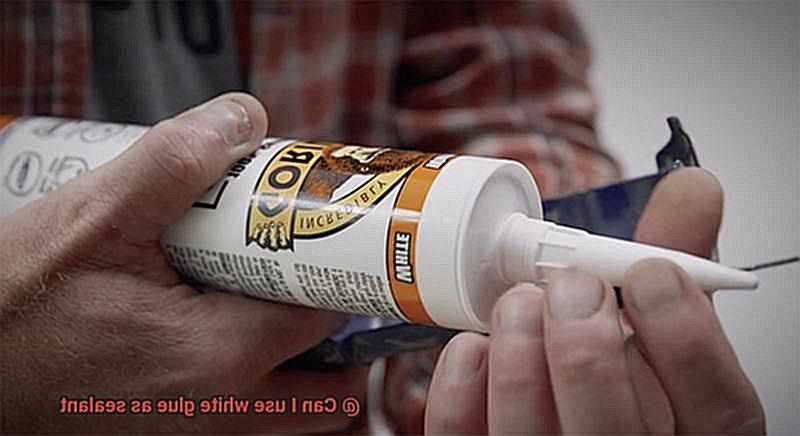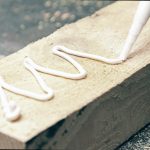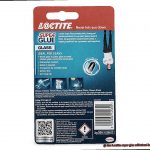Are you tired of constantly rushing to the hardware store for sealants every time you embark on a DIY project? Are you looking for a more affordable alternative? Well, look no further because I have an interesting fact that might change your perspective on white glue.
Yes, you heard it right. White glue can be used as a sealant and it’s not just limited to art and craft projects. It can also be used to seal up leaks and cracks. This may come as a surprise, but white glue has powerful adhesive properties that make it an effective substitute for sealants in various situations.
Not only is using white glue as a sealant cost-effective, but it’s also simple and easy to use. However, before diving into any project with white glue, it’s essential to understand which types of projects would benefit from this substitute and how to apply it correctly.
In this blog post, we’ll explore the properties of white glue that make it an excellent substitute for sealants. We’ll also discuss the different types of projects where you can use white glue as a sealant and the necessary application techniques. So let’s get started and discover how white glue can become your new go-to sealant.
t is White Glue and How Is It Used?
Contents
- 1 t is White Glue and How Is It Used?
- 2 Benefits of Using White Glue as a Sealant
- 3 Limitations of Using White Glue as a Sealant
- 4 Alternative Sealants to White Glue
- 5 Preparing the Surface for Sealing with White Glue
- 6 Applying White Glue as a Sealant
- 7 Drying and Curing Time for White Glue as a Sealant
- 8 Conclusion
Look no further than white glue, also known as school glue or PVA glue. This popular adhesive is made from a synthetic polymer called polyvinyl acetate (PVA), which makes it water-soluble and easy to clean up with water.
What makes white glue stand out is its ability to dry clear, making it perfect for use in arts and crafts projects where appearance is important. Its thick consistency also makes it a breeze to apply to a variety of surfaces, including paper, cardboard, wood, and fabric.
But white glue isn’t just limited to arts and crafts. It’s also used as a binding agent in the production of paper products like cardboard boxes and envelopes. And in the construction industry, it’s a go-to bonding agent for materials like drywall.
Now, you may be wondering if white glue can be used as a sealant. The answer is yes, but with some caveats. White glue can create a barrier against moisture, air, and dust, and it’s great for filling gaps and cracks in surfaces. However, it may not be the best option for outdoor environments or areas exposed to water or high humidity. It may also not be flexible enough to withstand surface movement or expansion.
While white glue can work as a sealant in certain situations, specialized sealants designed for specific applications may offer better long-lasting protection. So keep that in mind when choosing an adhesive for your project.
Benefits of Using White Glue as a Sealant
When it comes to finding a sealant for your project, white glue might not be the first thing that comes to mind. However, don’t underestimate this versatile adhesive. White glue has several benefits that make it a viable option in sealing projects.
One of the main advantages of using white glue as a sealant is its accessibility and affordability. You can find it at most craft or hardware stores, and it’s often sold for a low price. This makes it a great choice for those on a budget or for small-scale projects.
Additionally, white glue boasts water-resistant properties that create a strong, waterproof barrier once dried. This makes it an excellent choice for sealing paper mache projects or outdoor decorations, protecting surfaces from moisture damage.
But what about appearance? White glue has another hidden benefit – it dries clear. Unlike other sealants that may dry with a yellowish tint, white glue preserves the original color of the surface it’s applied to. Whether you’re sealing an art project or a decorative piece, white glue won’t impact the visual appeal of your work.
Finally, safety is a top priority for any DIY enthusiast or hobbyist. Luckily, white glue is non-toxic and safe for use around children and pets. It’s easy to clean up with soap and water if any spills occur, making it a hassle-free option.
Limitations of Using White Glue as a Sealant
White glue is a versatile adhesive that can be used in a variety of applications, but when it comes to using it as a sealant, there are limitations that must be considered. While white glue can be useful in certain situations, it may not always function effectively as a sealant.
One of the primary limitations of using white glue as a sealant is its inability to hold up well under certain conditions. When exposed to moisture or water, the glue may break down and lose its adhesive properties over time, compromising the seal and allowing water or other substances to penetrate the surface and cause damage. Moreover, if the surface being sealed is subject to frequent movement or stress, such as in the case of a joint or connection point, the glue may not provide a strong enough seal and eventually break apart.
Another significant limitation of using white glue as a sealant is its limited flexibility. Over time, especially when exposed to heat or cold temperatures, white glue can become brittle and crack or break apart, compromising the seal. This means that any significant changes in temperature or movement could lead to the glue cracking and breaking apart.
Alternative Sealants to White Glue
When it comes to sealing, white glue may be the go-to adhesive for many projects, but it’s not always the best option. Fortunately, there are plenty of alternative sealants available that can do the job even better.
One popular alternative to white glue is clear silicone adhesive. This type of sealant is waterproof and heat-resistant, making it perfect for projects exposed to water or high temperatures. Plus, it dries clear, so it’s ideal for projects where appearance is crucial.
If you’re looking for a more robust option, consider using epoxy resin. This two-part adhesive creates a strong and durable bond that works great as a sealant for metal, wood, and plastic. It’s also waterproof and heat-resistant, making it perfect for outdoor projects.
For those who prefer natural alternatives, beeswax is an excellent option. This non-toxic substance is easy to apply by melting it down and brushing it onto surfaces to create a protective layer that repels water and moisture.
When selecting a sealant, keep in mind the materials you’re working with and the conditions your project will face. Each alternative has unique benefits and limitations, so choose the one that fits your project’s needs best.
Preparing the Surface for Sealing with White Glue
If you’re planning to seal something with white glue, you need to make sure the surface is ready for it. Preparation is key, just like in baking a cake. You wouldn’t throw all the ingredients together haphazardly and expect a tasty treat. Similarly, if you don’t prepare the surface properly, your project could be a mess. So, let’s go over the steps you need to take to ensure your surface is ready for sealing.
First and foremost, clean the surface. Use a damp cloth to wipe away any loose dirt or debris. Ensure that the surface is completely dry before moving on to the next step. If there are any stubborn stains or marks on the surface, use a mild detergent or cleaning solution to remove them. Rinse the surface thoroughly and allow it to dry completely before proceeding.
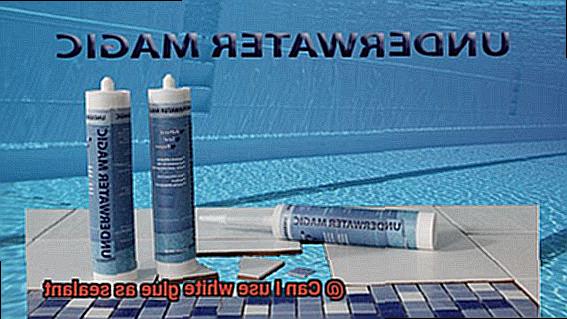
Next, inspect the surface for any bumps, cracks, or unevenness. These imperfections can affect how well the glue adheres to the surface. Use sandpaper or a scraper to smooth out any bumps or cracks. Before moving on, be sure to eliminate any dust or debris from sanding.
Finally, make sure the surface is level and even. If it’s not, use a level or ruler to identify any high spots and sand them down until the surface is flat and even.
Applying White Glue as a Sealant
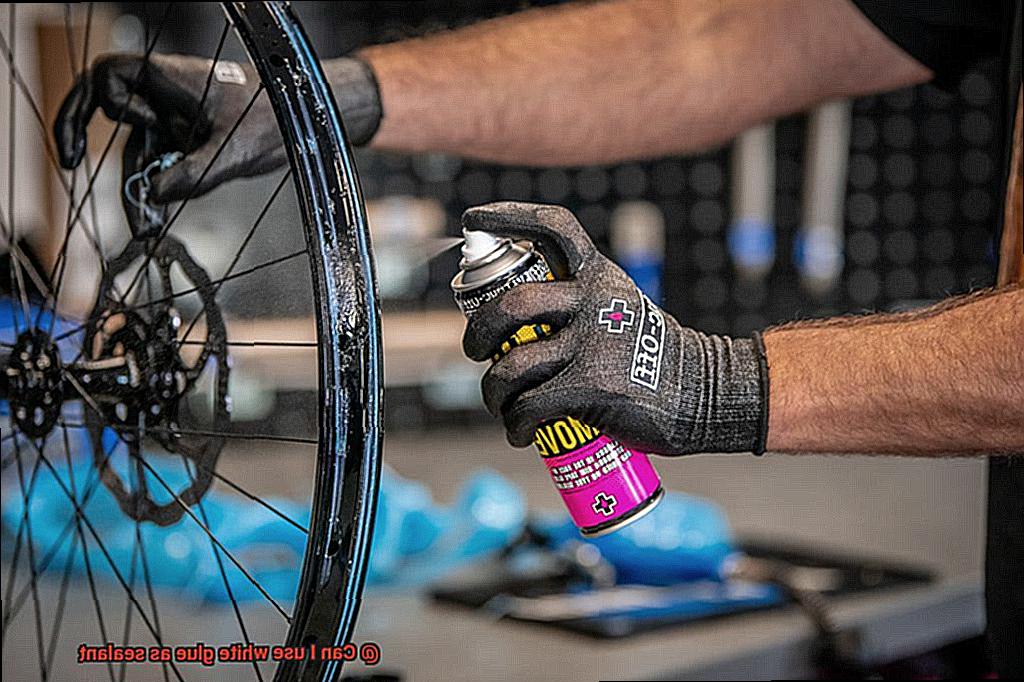
Look no further than white glue. Although it may not be the first option that comes to mind when it comes to sealing, white glue is a versatile adhesive that can be used for more than just crafts and woodworking projects.
Before you get started, ensure that the surface you want to seal is clean and free of any debris. This is crucial because any dirt or dust left on the surface can prevent the glue from adhering correctly. Apply a thin layer of white glue using a brush or sponge, making sure to spread the glue evenly. Avoid applying too much as this can lead to the surface becoming tacky and taking longer to dry.
After applying the glue, allow it to dry completely. The drying time will depend on factors such as the thickness of the layer applied and the humidity in the surrounding environment, but generally speaking, it should take around 24 hours. Once dry, the surface should have a clear and glossy appearance.
It is essential to keep in mind that white glue may not be suitable for all types of surfaces. It works best on porous surfaces such as paper, fabric, and wood. If you’re unsure whether white glue is appropriate for your project, consult with a professional or conduct testing on a small area before applying it on a larger scale.
Drying and Curing Time for White Glue as a Sealant
Look no further than white glue. However, it’s important to understand the drying and curing time to ensure a strong and effective seal.
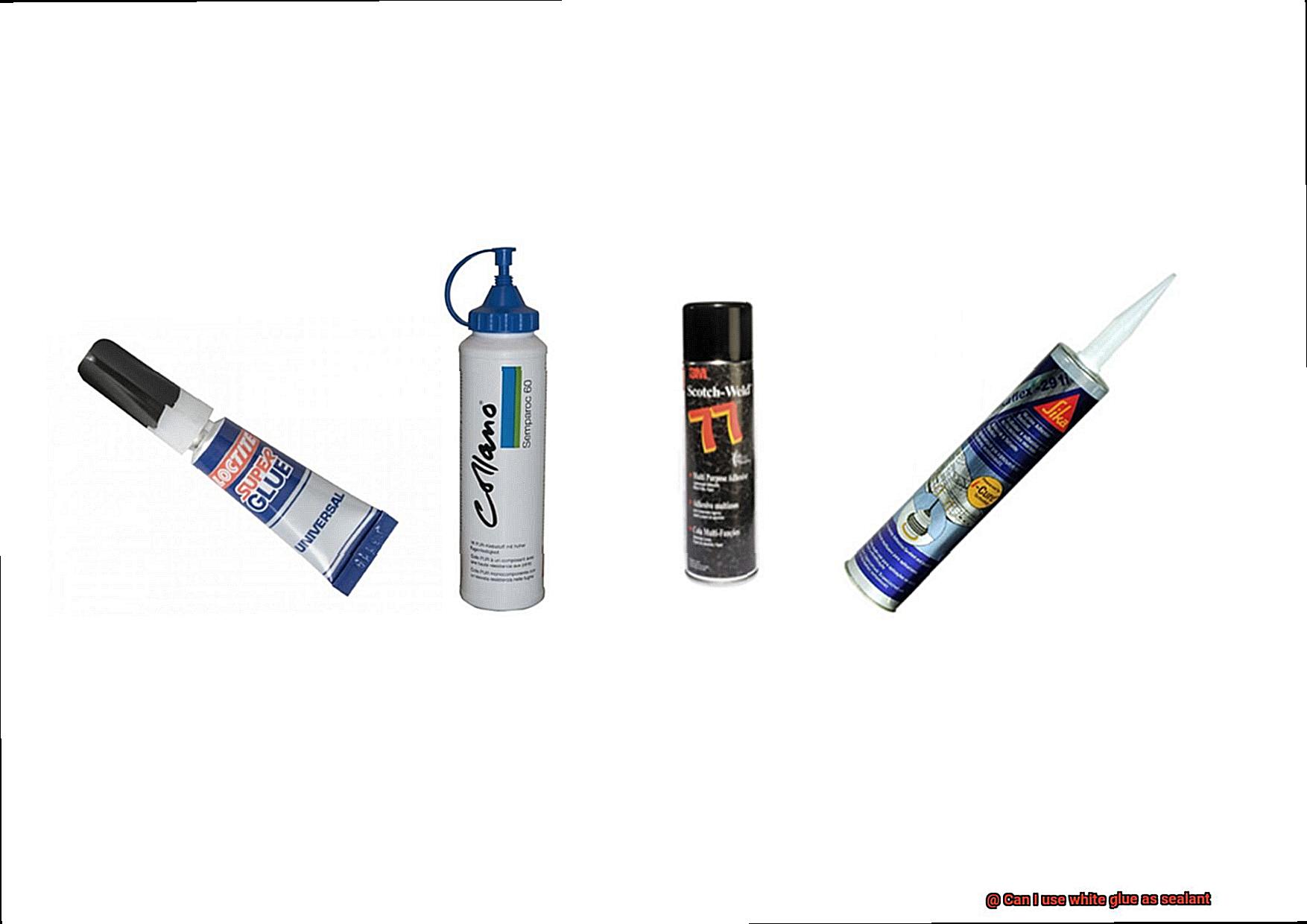
Drying time for white glue can range from 30 minutes to an hour, depending on factors such as humidity and temperature. But don’t be fooled by the tackiness – the glue isn’t fully cured yet and may still be vulnerable to damage.
The curing time for white glue as a sealant can vary greatly, taking anywhere from 24 hours to several days depending on the application and environmental factors. During this time, avoid disturbing or putting pressure on the glued area to prevent compromising the strength of the seal.
While white glue is a great option for some sealing applications, it may not be suitable for all surfaces or situations. Consider using a specialized adhesive or sealant designed for stronger or more waterproof seals.
KcdNxSZSjcE” >
Also Read: Can you use Elmer’s glue as a sealant?
Conclusion
To sum up, white glue can be a game-changer when it comes to sealing up leaks and cracks in DIY projects. Its adhesive properties make it an effective substitute for traditional sealants, making it a popular choice among crafters and hobbyists. White glue is not only affordable but also easy to use, making it accessible to anyone looking for a quick fix.
However, before you start using white glue as a sealant, it’s essential to understand its limitations. While it creates a strong waterproof barrier once dried, it may not hold up well under certain conditions like exposure to water or high humidity. Its limited flexibility may also cause it to crack or break apart over time when exposed to extreme temperatures.
If you’re looking for better long-lasting protection or specific applications, consider clear silicone adhesive or epoxy resin as alternative sealants. And if you’re after natural alternatives, beeswax is an excellent option.
Before using white glue as a sealant, ensure the surface is clean and free of any debris. Applying a thin layer evenly with a brush or sponge and allowing it to dry completely before disturbing the glued area is crucial in ensuring maximum effectiveness. Understanding the drying and curing time is also essential in achieving optimal results.
While white glue may not be suitable for all surfaces or situations, its clear finish makes it perfect for art and craft projects where appearance is crucial.

